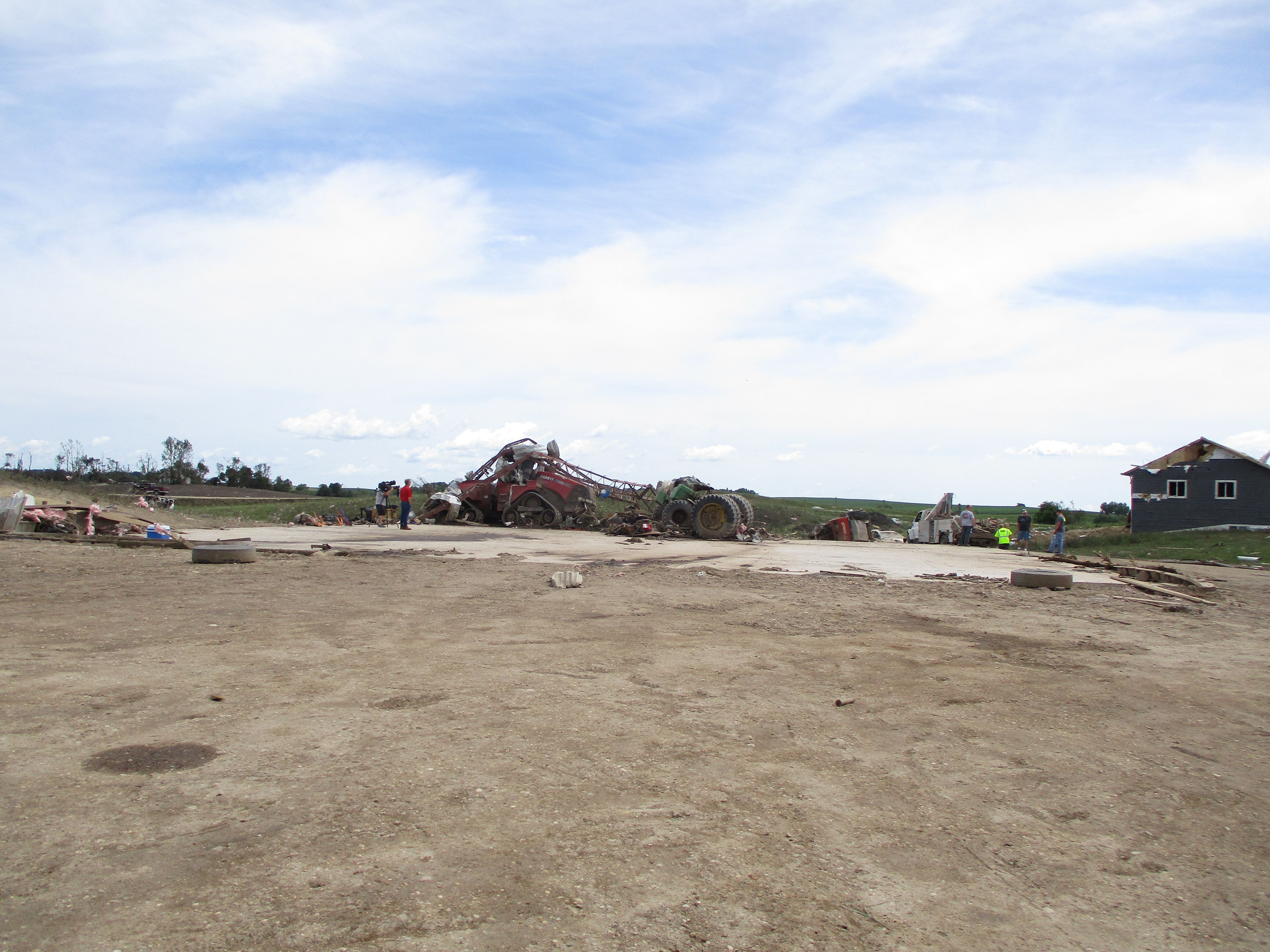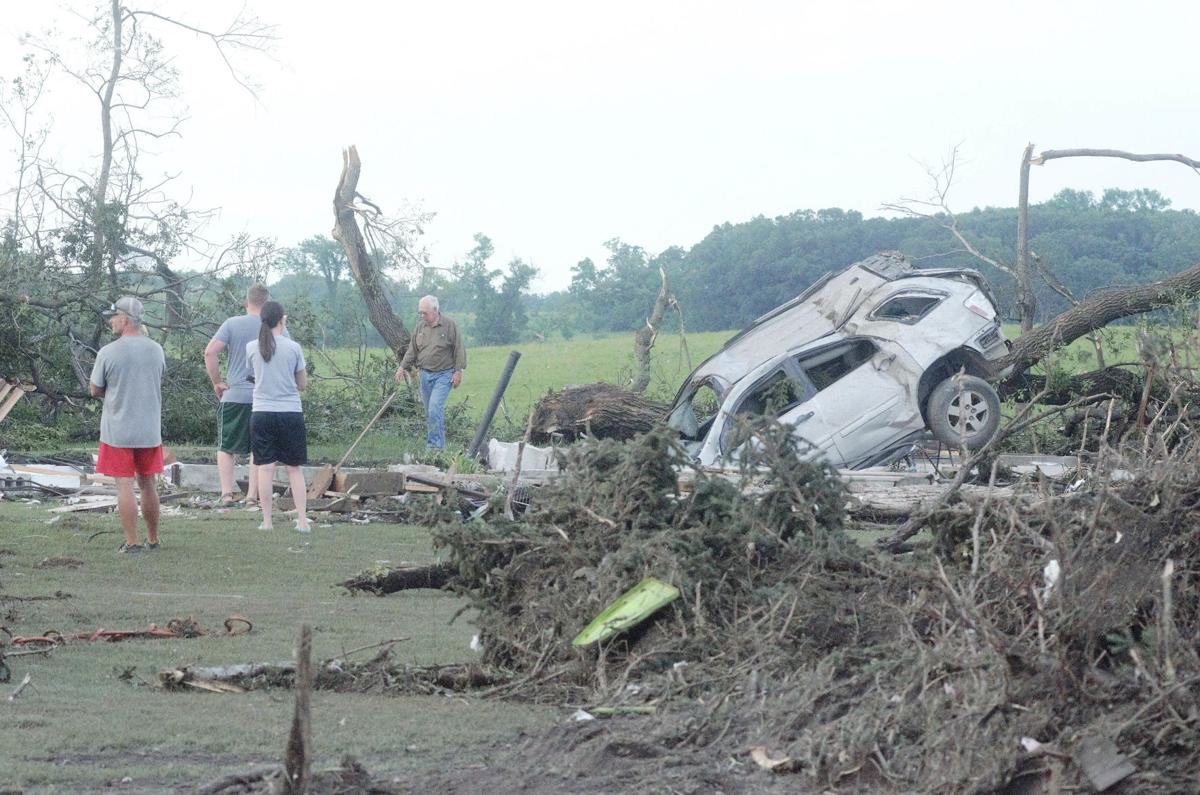There's one tornado that I've been digging into more lately. It was an EF3 Tornado that occurred near Iswepe, in South Africa's Mpumalanga Province on January 3rd, 2020. This tornado was very unusual in terms of what type of environment it was spawned in, its track, and how no other tornadoes were reported that day, despite this tornado being very strong. The tornado initially moved through open country before it entered a forest filled with thin pine trees. It absolutely devastated these forests along an intermittent but very intense swath. The swath of tree damage in some places was absolutely massive. Trees were snapped very close to the ground in multiple cases. A farm was hit but did not sustain the most intense damage along the track. This was one of the strongest tornadoes I've seen in the southern hemisphere, and unfortunately, it doesn't seem that it will get the recognition it deserves. What's most interesting about this event is how the tornado and its parent supercell were moving in seemingly opposite directions.
The parent supercell responsible for the tornado was first seen developing at around 15:00 UTC, moving in a northwards direction. The tornado, however, moved in the opposite direction (almost due south). The supercell's echo tops were at their strongest at around 16:30 UTC (which is pictured below) when the tornado was in progress. The supercell then appeared to weaken and decay below severe levels as it moved off to the northeast at around 18:30 UTC. Reanalysis data showed absolutely nothing that would support the existence of a tornado threat at all, which makes this event even more interesting. It's possible that a mesoscale accident could have been the culprit here, or the reanalysis data completely failed to pick up on something. Having a tornado and a parent supercell moving in opposite directions is very rare, and is typically seen in the highest of high-CAPE low-shear tornado events.

The tornado initially started out as a thin stovepipe, before it morphed into a large wedge. The tornado was later seen as a thinning, but very photogenic rope in the final stages of its lifespan.
The tornado early in its lifespan, before it entered the forest

The tornado when it was at maximum intensity; a mature wedge tornado.

The tornado in the middle of the rope-out process

The track of the tornado from remote sensing Sentinel data can be seen below. Notice how it has many curves in its track and seems to disappear and re-appear every now and then. The lack of a rigid path and the intermittent nature of it suggests that wind shear was likely not the main driving factor in the formation of this tornado, but rather instability.

Ground photos were the most impressive, they showed complete devastation of forested areas. An aerial shot, captured when a pilot flew over the affected area revealed an absolutely massive swath of complete forest destruction. However, it should be considered that these trees have thinner trunks, making them less resistant to tornadoes than their American counterparts.
The massive swath of total tree devastation from the flyover conducted the morning after the tornado

Ground photos of the tornado's wrath




In all, this event was definitely very interesting from a meteorological and damage point of view. The unique relationship between the tornado and its parent supercell is very interesting, something that is not common. The damage the tornado left behind was very strong and weird too, in terms of its intermittent nature.




























